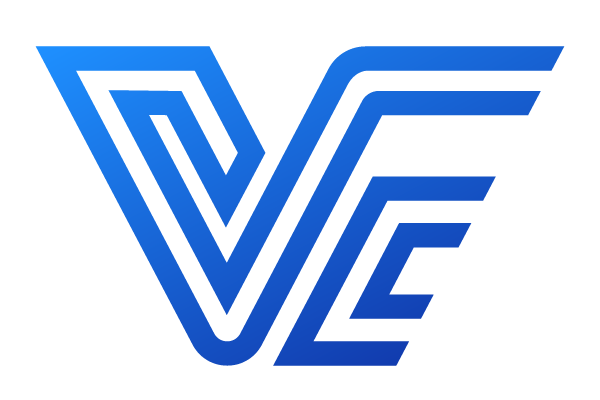TechnoPark Tower conquers the technology business community with its sustainable green design
1/11/2023
Prerequisite criteria for the world's smartest buildings
According to a report by Research Gate, traditional construction projects have been causing many negative impacts on the global environment when buildings consume up to 40% of total energy and emit CO2. equivalent. In the US, up to 73% of electricity is consumed by buildings. In Europe, nearly 30% of the total waste generated comes from discarded materials and waste from construction or demolition of buildings.
This raises an urgent problem: how to minimize the harmful impact on the environment when the demand for buildings is increasing? The answer is to apply new technologies to solve the problem of efficient energy use in buildings. This is also an important component that creates the concept of "smart buildings" in the world.
The construction of smart buildings today goes beyond merely increasing greenery density; it involves energy efficiency and reducing negative environmental impacts. Hence, building standards that rank structures based on energy consumption have emerged, classifying construction quality and encouraging sustainable development.
One of the most prestigious certifications is LEED (Leadership in Energy and Environmental Design) awarded by the U.S. Green Building Council. This global ranking system evaluates the design and environmental performance of buildings, focusing on energy efficiency and environmental protection to maintain air quality, low-emitting materials, and user safety. Among the top 10 smart buildings globally, seven have achieved LEED Platinum certification—the highest level in the LEED rating system.
TechnoPark Tower: Green Design Meeting the Highest Evaluation Criteria
Vietnam is not immune to the global energy usage trend, actively incorporating "green living" and "energy efficiency" into its development process. Various regulations have been enacted, such as the Energy Efficiency Law: 50/2010/QH12, passed by the National Assembly in 2010 and effective from 01/01/2011.
However, building a truly "green" project requires significant effort, not only in aspirations but also in actual implementation capabilities. The shift towards sustainable and energy-efficient practices is a collective endeavor, and Vietnam is actively working towards this goal.
 Located in Vinhomes Ocean Park, TechnoPark Tower is developed with the orientation of becoming a "smart office building in a smart city"
Located in Vinhomes Ocean Park, TechnoPark Tower is developed with the orientation of becoming a "smart office building in a smart city"
Freshly unveiled with outstanding designs meeting LEED Platinum standards, TechnoPark Tower reaffirms its international aspirations by aligning with the equivalent standards of the world's top 10 smart buildings.
The tower boasts a greenery density of up to 25%, equivalent to over 2,600 square meters, and an open space of 30%. Thanks to this, employees working in the building can relax and recharge energy in the "sky garden," chat and rest in seating areas, or stroll through green corridors.
Not limited to design, the materials used in the building are also selected according to strict criteria, ensuring energy efficiency and creating a healthy working environment for users. The entire exterior of the building is clad in 26mm thick Low-E energy-saving glass, capable of effectively preventing heat transfer both from inside to outside and vice versa. Consequently, the temperature inside the building is always stable, regardless of the season.
TechnoPark Tower also employs materials such as adhesives, paints and coatings, floors, industrial wood, etc., to reduce the concentration of volatile organic compounds (VOCs) that can impact air quality, human health, productivity, and the environment. Inside the building, waste storage areas are divided into basic recyclables, hazardous waste, and non-recyclable waste, making waste sorting easy for users and promoting awareness of recycling and environmental protection.

The 26mm thick Low-E box glass system helps maximize energy savings for the building
Always prioritizing energy optimization and sustainable development, TechnoPark Tower implements stringent energy-efficient solutions: rainwater is collected in tanks for irrigation and sanitation purposes, and solar panels are installed throughout the building to create a green energy source.
In particular, the design of TechnoPark ensures the minimization of light pollution, for example, the front lighting system automatically turns off from midnight. Additionally, over 75% of the workspace area receives natural light, helping employees feel more energized and focused, thereby enhancing productivity and efficiency.
With the goal of creating a user-friendly and environmentally conscious living and working environment, TechnoPark Tower aims to become a new technological icon, bringing together businesses with a shared vision of developing a smart and sustainable working environment.





